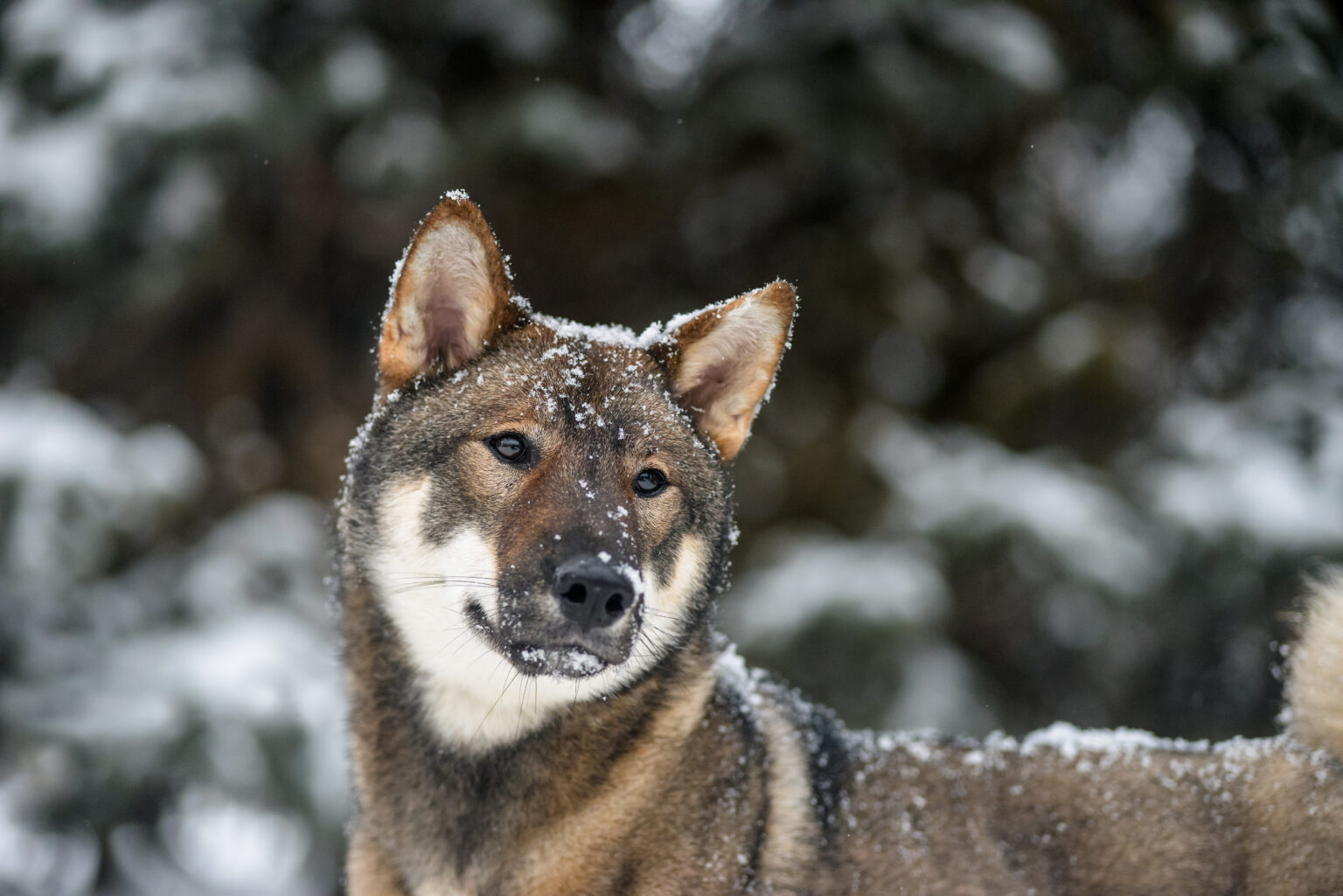Shikoku Dog Breed

The Shikoku dog, a medium-sized breed from Japan’s Shikoku region, has males weighing 44-55 pounds and standing 19-22 inches tall, while females are slightly smaller.
Their sturdy build is complemented by a red or black double coat, suited for harsh weather.
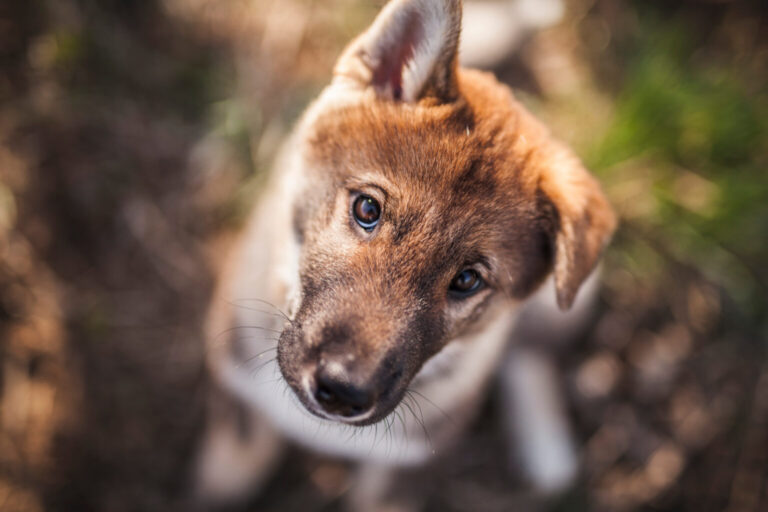
Known for their energy and loyalty, Shikokus excel as hunters and family pets.
Proper exercise and training are essential to nurture their abilities.
Coat Color
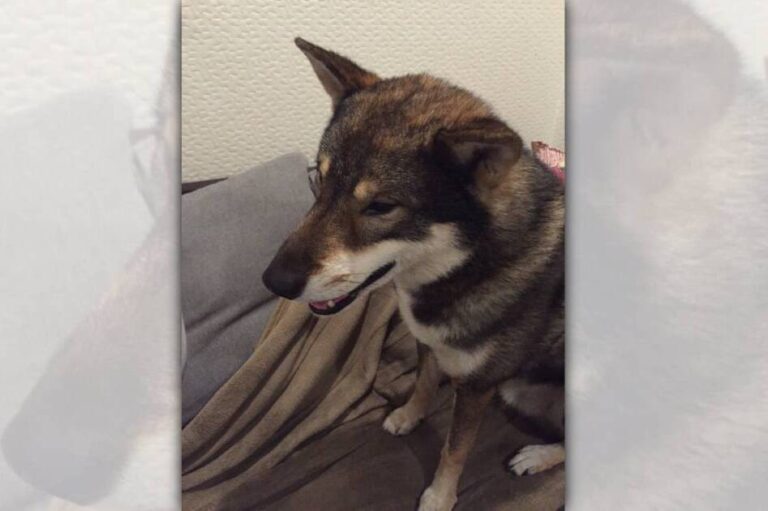
The coat colors of the Shikoku dog symbolize the beauty of Japanese nature. The primary shades of sesame, red, and black-tan are reminiscent of the Japanese landscape.
The white accents on the chest and paws add a rustic charm to the breed’s fur.

The appearance of the Shikoku dog strongly reflects the characteristics of traditional Japanese native dogs, evoking a deep connection with Japan’s natural surroundings.
Coat Type
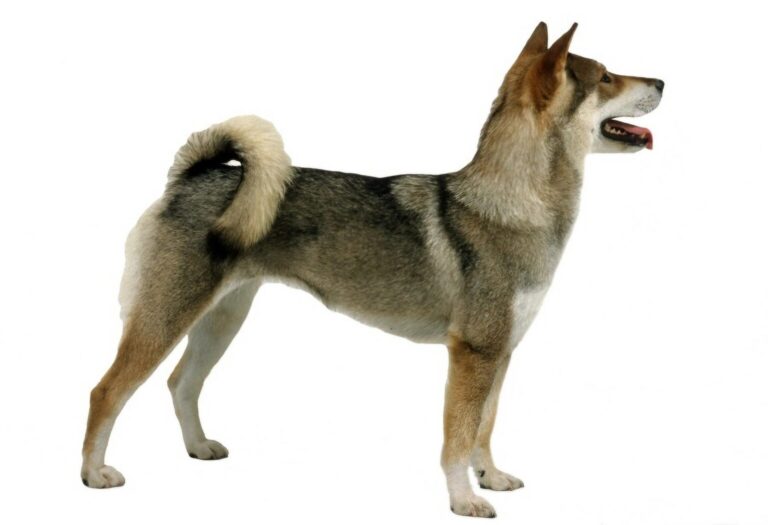
The Shikoku dog’s coat has evolved into a functional double-layer to adapt to Japan’s diverse natural environments. This coat consists of an outer layer of coarse, waterproof straight hair, protecting the dog from adverse weather like rain and snow.
The inner undercoat is soft and dense, maintaining the proper body temperature even in harsh climates.
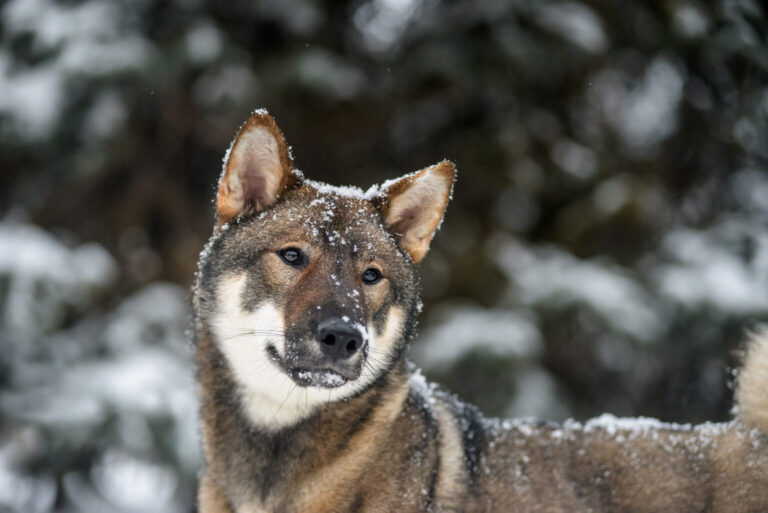
This coat structure embodies the traditional Japanese philosophy of harmony and adaptation with nature. The Shikoku possesses a unique defense system, enabling it to thrive amidst Japan’s rich natural settings.
Size
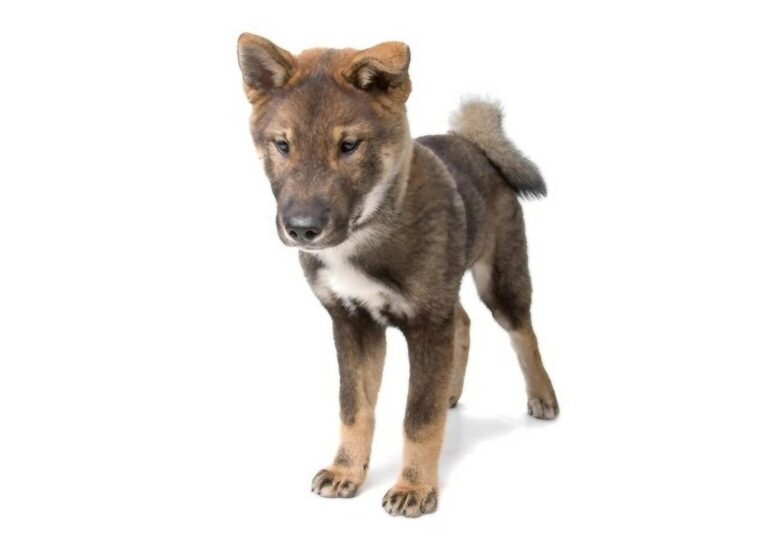
The Shikoku dog is a medium-sized breed with a robust physique ideally suited for life in the mountainous regions of Shikoku.
Males typically stand between 19 and 21.6 inches tall, and females range from 18 to 20.5 inches.
Known for their muscular and sturdy build, they move with lively and powerful strides.
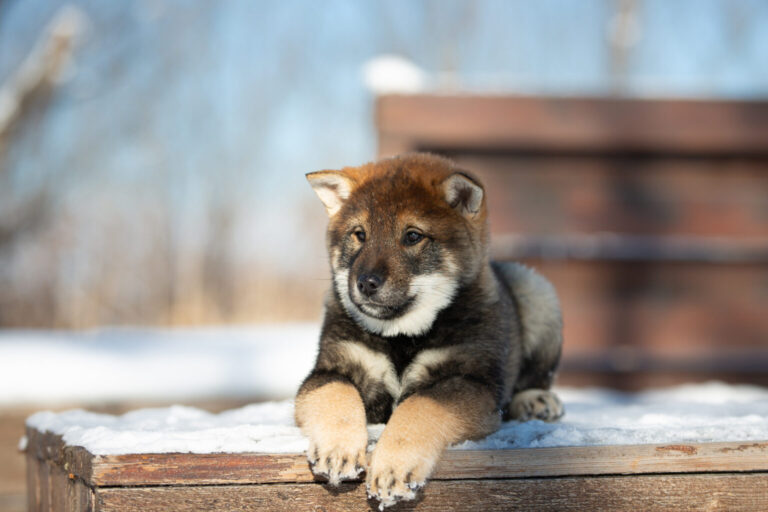
Cultivated in the harsh natural conditions of Shikoku, this breed has been cherished for years as the perfect companion for tasks in the mountainous terrain of the region.
Weight
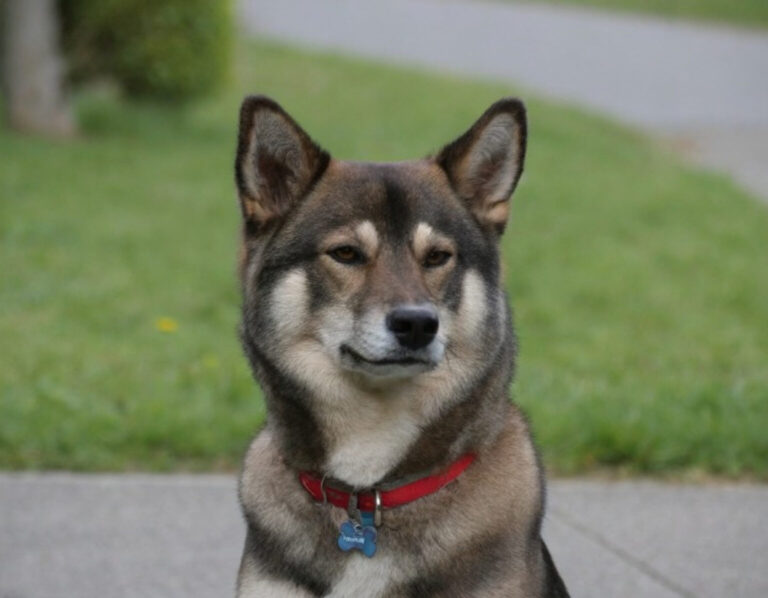
Maintaining a healthy weight is crucial for the wellbeing of a Shikoku dog.
Ideally, males should weigh between 44 and 55 pounds, while females should be between 40 and 50 pounds.
These figures serve as a general guide, as the optimal weight will vary according to each dog’s build and activity level.

A balanced diet and proper exercise embody the Japanese philosophy of care that supports the vitality of the Shikoku breed.
Lifespan
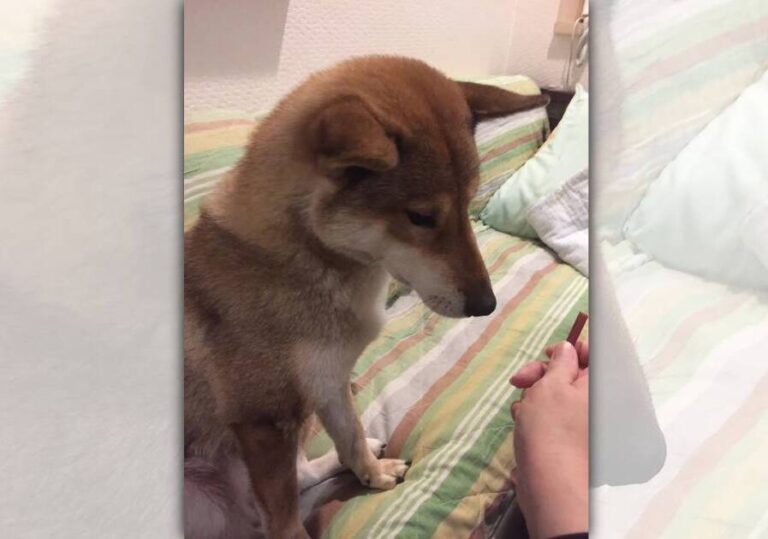
The Shikoku dog, a medium-sized breed, typically lives for about 10 to 12 years, but this is merely an average.
In Japan, dog care transcends mere pet keeping; it’s deeply rooted in a spirit of coexistence nurtured over a long history and culture.
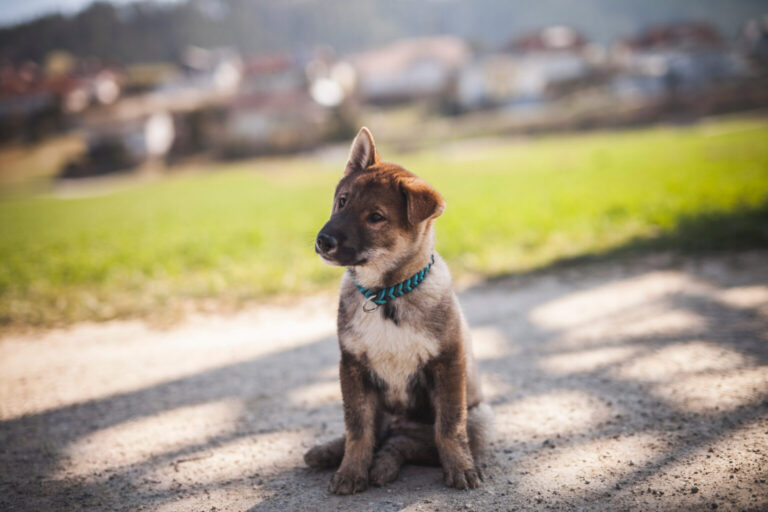
The profound bond built between the owner and the dog is believed to significantly impact the dog’s lifespan, influenced by the quality of care and depth of affection.
Therefore, with loving care, a Shikoku dog may enjoy a longer life than average.
Trainavility
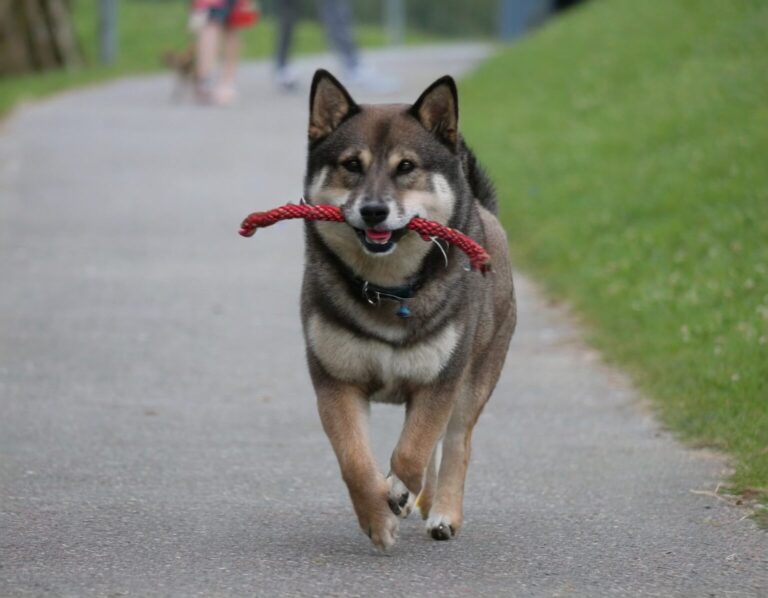
In training Shikoku dogs, their high intelligence and strong independence are prominent features. Japanese dog training culture emphasizes consistency and patience.
Shikoku dogs, known for their stubbornness and tendency to assert dominance, require a steady and unified approach. Positive reinforcement is effective, and in Japan, there is a significant emphasis on early socialization of dogs to reduce their wariness of people and other animals.
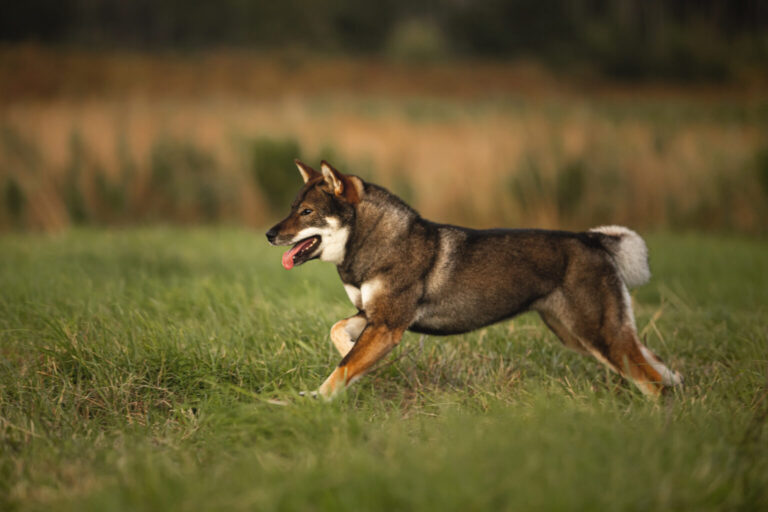
Through such training, Shikoku dogs are expected to grow into loyal and affectionate companions.
In Japanese pet rearing culture, forming a strong bond with dogs through loving interaction is a common practice.
Exercise
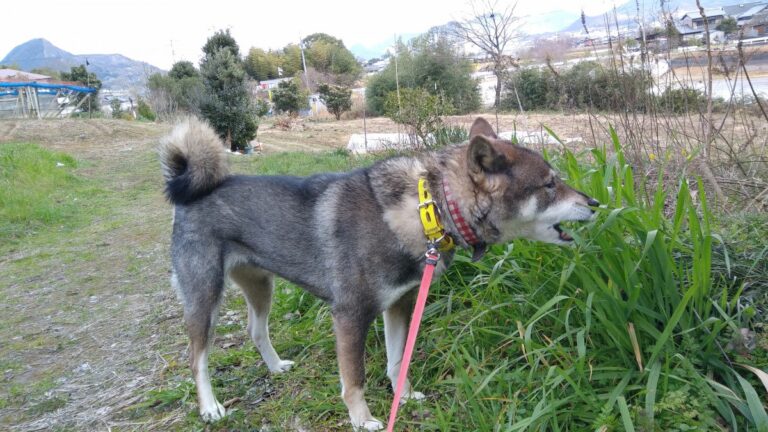
The Shikoku dog, known for its active nature, thrives under the Japanese culture of prioritizing a healthy lifestyle with pets.
Therefore, providing sufficient daily exercise is crucial for this breed. Two walks a day not only fulfill the Shikoku’s need for physical activity but also help maintain their muscular and robust physique.
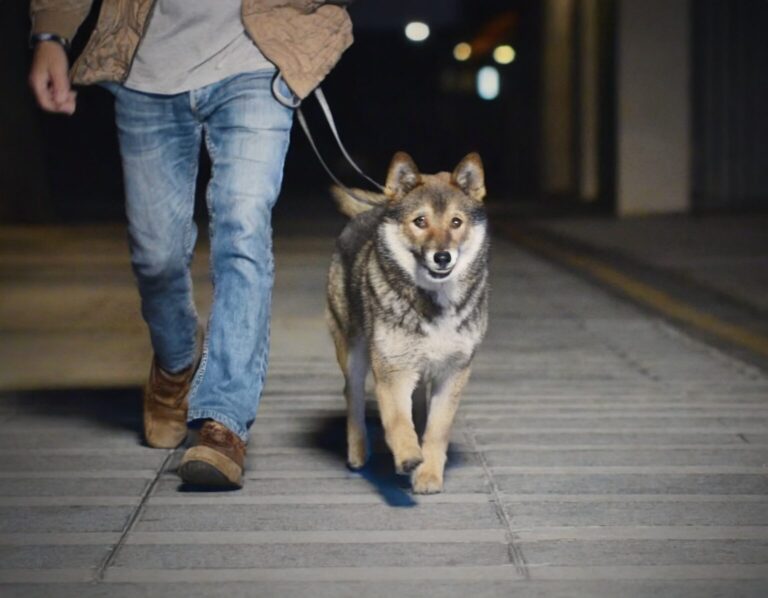
The strength of this breed truly shines through proper exercise and care.
In Japan’s pet-keeping culture, prioritizing the health and happiness of one’s dog is a norm, and ensuring appropriate exercise for the Shikoku dog exemplifies this mindset.
Feeding
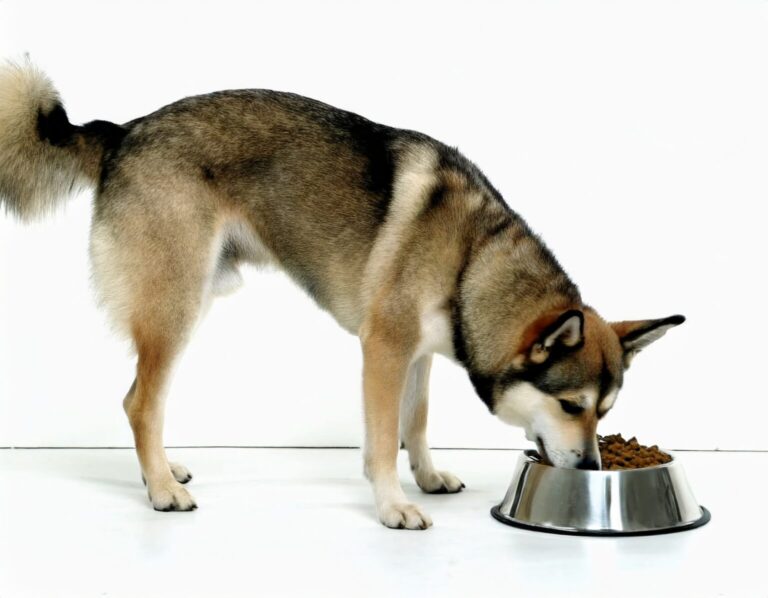
In Japanese pet care culture, the dietary management of Shikoku dogs is taken very seriously to maintain their lively nature and health. A balanced diet, rich in high-quality proteins, vitamins, minerals, and essential fatty acids, is recommended.
Adjusting the amount of food according to the age, activity level, and weight of Shikoku dogs is crucial, especially in preventing obesity during their adult phase.
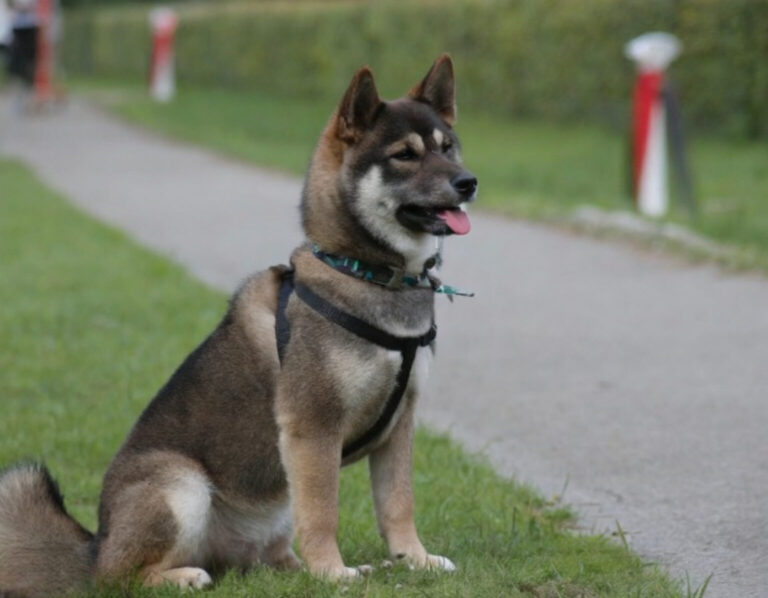
In Japan, there is a strong awareness of the importance of tailoring the diet to the pet’s health condition, with a preference for fresh and safe ingredients.
Temperament
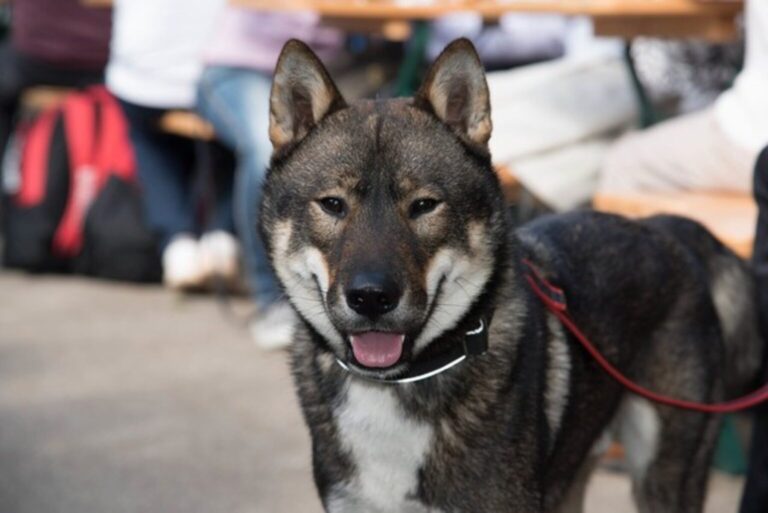
The Shikoku dog embodies the spirit reminiscent of Japan’s esteemed samurai ethos. Its calm and brave demeanor, coupled with an innate fighting spirit and unwavering loyalty to its owner, draws parallels to the characteristics of a ‘samurai’.
Embracing traditional Japanese values, just like the samurai pledged loyalty to their lords while being wary of other warriors, the Shikoku dog opens its heart to its owner but remains cautious around strangers. This emphasizes the importance of socializing them from a young age, allowing them to expand their social horizons.
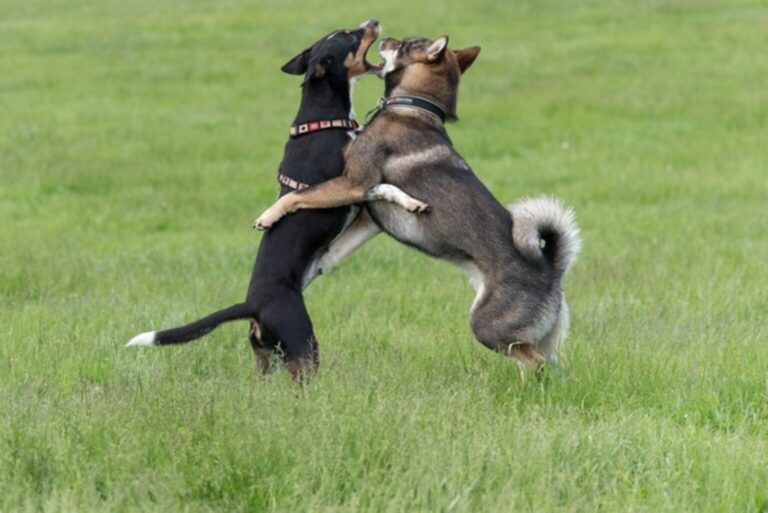
While the Shikoku dog is wise and rarely aggressive, there’s a possibility they maintain a sense of caution towards unfamiliar faces. Furthermore, their hunting instincts, sharpened in the natural landscapes of Japan, might compel them to chase after birds or cats when spotted. During walks, it’s crucial to train them to match their pace with the owner, considering this powerful instinct.
History
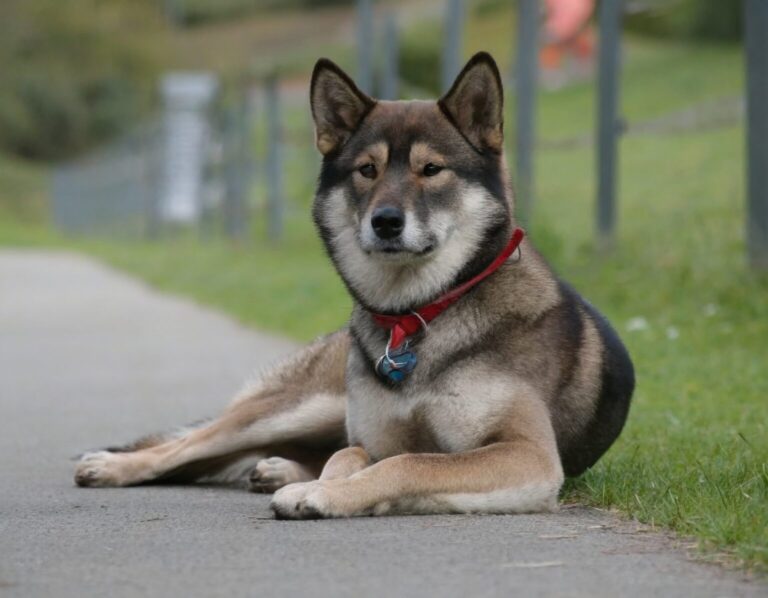
The Shikoku dog has been present in the Shikoku region of Japan since ancient times, serving as a skilled hunting companion. It is believed to have been tamed from the ‘Yamainu’ that roamed the mountainous terrains of Kochi Prefecture. As such, it’s occasionally referred to as the “Kochi dog.”
Historically, there were three distinct lineages of the Shikoku dog: the Awa, Hongawa, and Hata lineages. Among these, the Hongawa lineage was renowned for its purest bloodline. Due to their secluded habitat in the Shikoku mountains, their purity was preserved for a long time. However, in recent times, these lineages have intermixed, diminishing their distinctiveness.
After a history of thriving in mountainous terrains as hunting dogs, the Shikoku dog was designated a natural monument in 1937. This recognition came amidst concerns of foreign breeds flooding Japan, threatening the purity of native breeds.
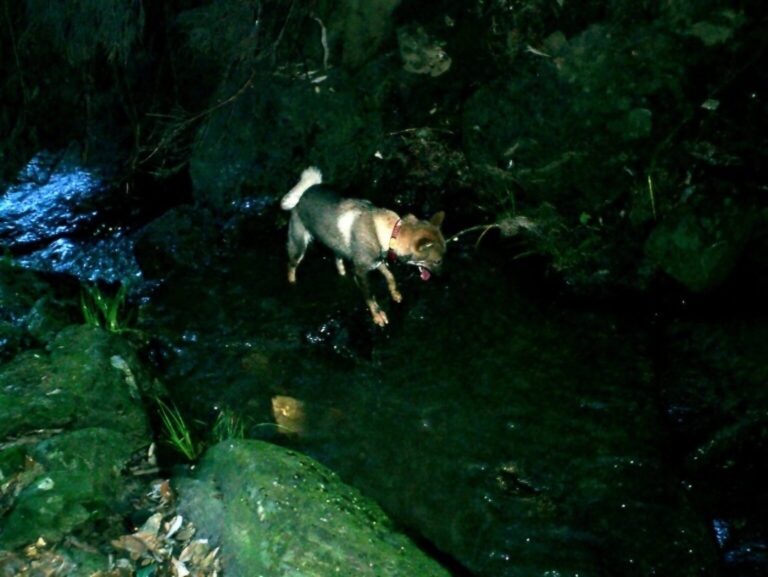
To counteract this trend and preserve the unique characteristics of Japanese dogs, the Nihon Ken Preservation Society took action. As a result, the Shikoku dog remains emblematic, retaining its wild allure and distinct features.
Grooming
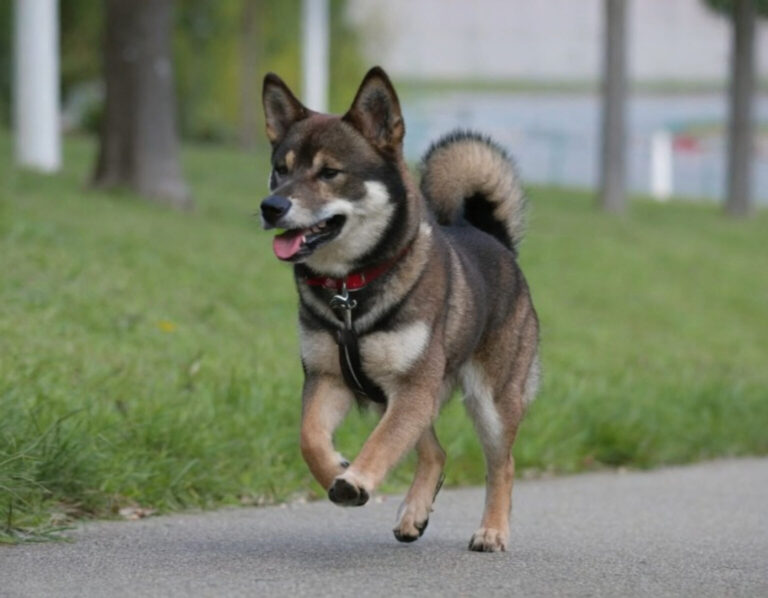
In Japan, the approach to coat care for Shikoku dogs centers around regular brushing. This breed has short, dense, straight fur and a double coat.
It’s commonly advised in Japan to increase the frequency of brushing, especially during the changing seasons and shedding periods, to prevent matting and promote skin health.
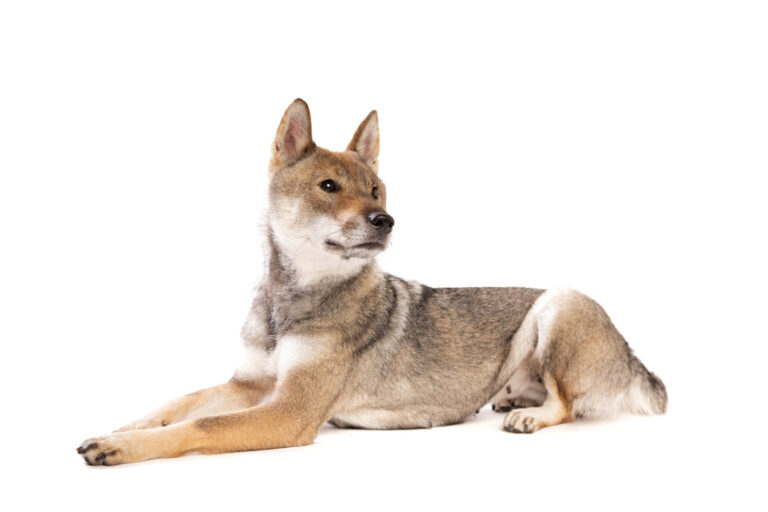
In Japanese pet care, brushing not only maintains the dog’s beautiful coat but is also seen as a valuable time for strengthening the bond with your pet.
By practicing proper care, one can maintain the coat’s beauty and prevent potential skin issues.
Health
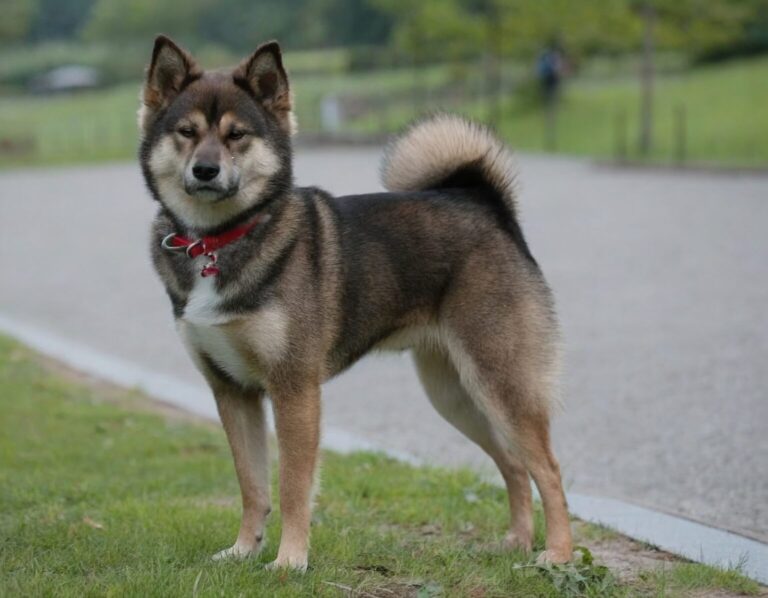
The Shikoku dog is particularly prone to allergies, neuralgia, and dementia.
In Japanese pet culture, maintaining a dog’s health is a critical responsibility of the owner.
Early intervention is crucial for allergies, and owners are advised to be vigilant for any symptoms.
If neuralgia is suspected, such as if the dog starts dragging its legs, immediate veterinary consultation is recommended.
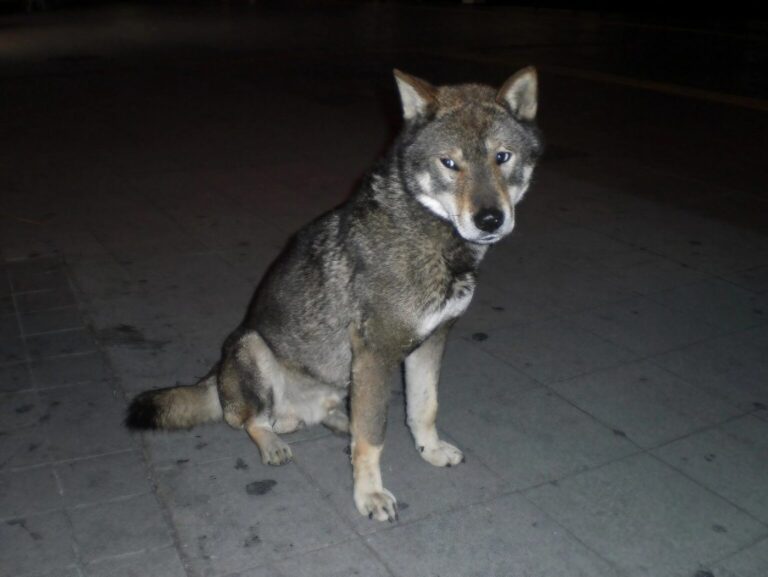
Additionally, as dogs age, they become more susceptible to dementia, and it is advisable for older Shikoku dogs to consider switching to a fish-based diet.
This reflects the common approach in Japan of providing the best care to ensure the health and longevity of beloved pets.

